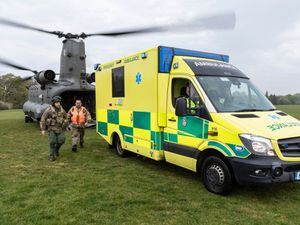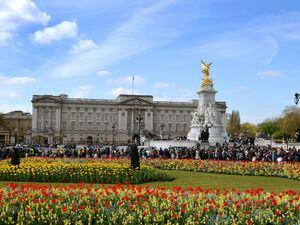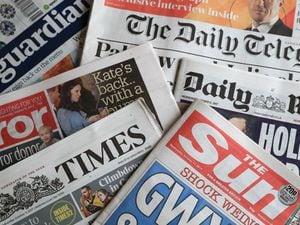Military helicopters ‘could evacuate Covid patients from Isle of Wight’
Test flight was carried out last year to prepare for pandemic worsening.

Covid-19 patients could soon be evacuated from the Isle of Wight by military helicopter following a 10-fold increase in cases, according to the local NHS trust.
The island had seen one of the lowest rates in the country, allowing it to remain in Tier 1 – the lowest level of restrictions.
Cases increased rapidly before Christmas, propelling it into Tier 4, prior to the national lockdown being imposed.
This had risen slightly to 216.5 by December 25, but then jumped to 707.5 by December 31.
It has since carried on rising, and stood at 1,108.1 cases per 100,000 people on January 7 – more than 10 times the number on December 19.
Stephen Parker, the medical director of the Isle of Wight NHS trust, has said he is planning “unthinkable options” to cope with the increase including evacuating patients to the mainland using a military Chinook helicopter.
In April 2020, a test flight was carried out using a 27 Squadron Royal Air Force Chinook to land close to St Mary’s Hospital in Newport to transfer patients to the mainland.
Mr Parker told The Guardian this method might need to be deployed by the end of January.
“I think it really is important to realise that we are one of the smallest hospitals in the country; we are challenged about moving patients and we could be overwhelmed.”
Bob Seely, Conservative MP for the island, said that air ambulances were regularly used to ferry patients to hospitals in Portsmouth and Southampton.
He said: “Modelling to predict pressure on beds is being regularly done. The trust has several dozen Covid patients at the moment. It expects numbers to rise and peak in the next two to three weeks.
“St Mary’s has the capacity for more people than it is currently dealing with and can flex to provide more beds if need be.
“There is a risk to services if rates continue to rise and we may have to transfer Covid patients to the mainland. Transfer to the mainland happens regularly, although clearly in a pandemic, it may happen more. The important thing is that islanders are cared for.”
Mr Seely dismissed reports that the rise in cases had been caused by an influx of people visiting second homes on the island.
He said: “Whilst small numbers may have come, the Covid data shows that areas with second homes have had average or, more generally, below average Covid rates.
“The sad truth is that we were in close proximity to an area, Portsmouth, that appears to have had early cases of the ‘mutant’ strain when we were still in Tier 1.
“It was probably brought here, not by second home owners from west London going to Seaview or Bembridge, but by folks travelling to and from the mainland for perfectly valid reasons. Once this was identified, the Government moved quickly.”
Isle of Wight Council leader Dave Stewart said at the point of moving into Tier 4: “Sadly, our case numbers have risen rapidly just prior to the Christmas period; far faster than at any other point throughout the pandemic.
“All of the good work we have been doing to protect our Island community from this virus seems to have been undone in a very short space of time, which goes to show how dangerous this virus is.”
The Isle of Wight Council refused to comment when approached by PA, and the Isle of Wight NHS Trust has been approached for a response.





